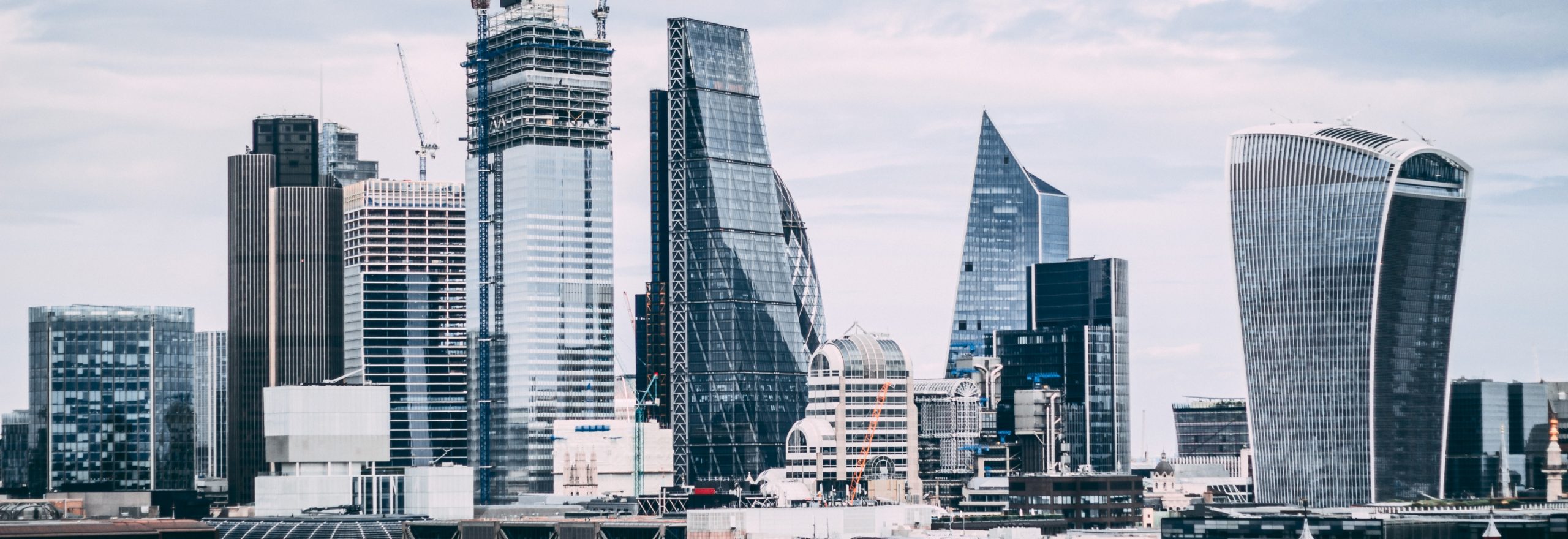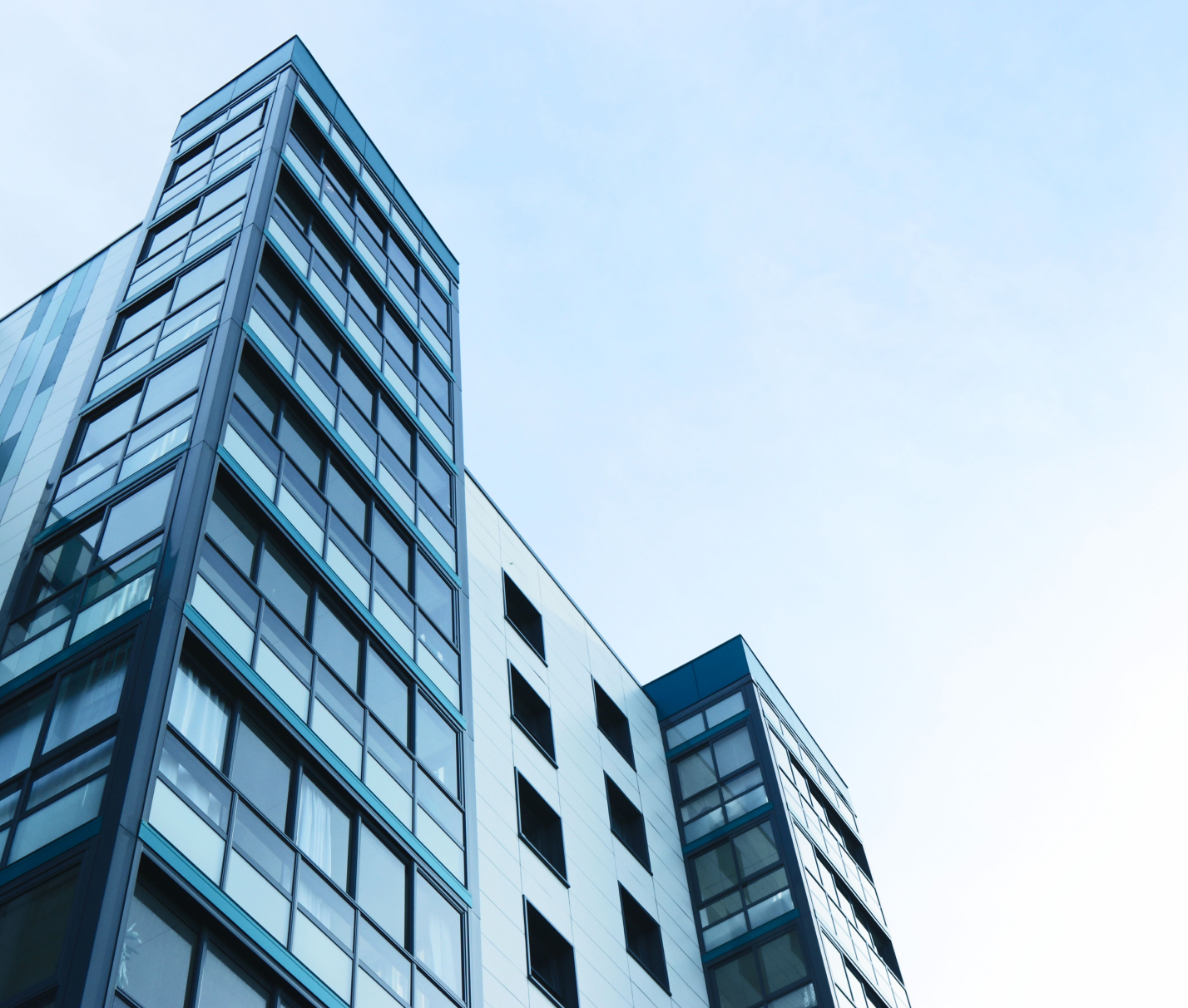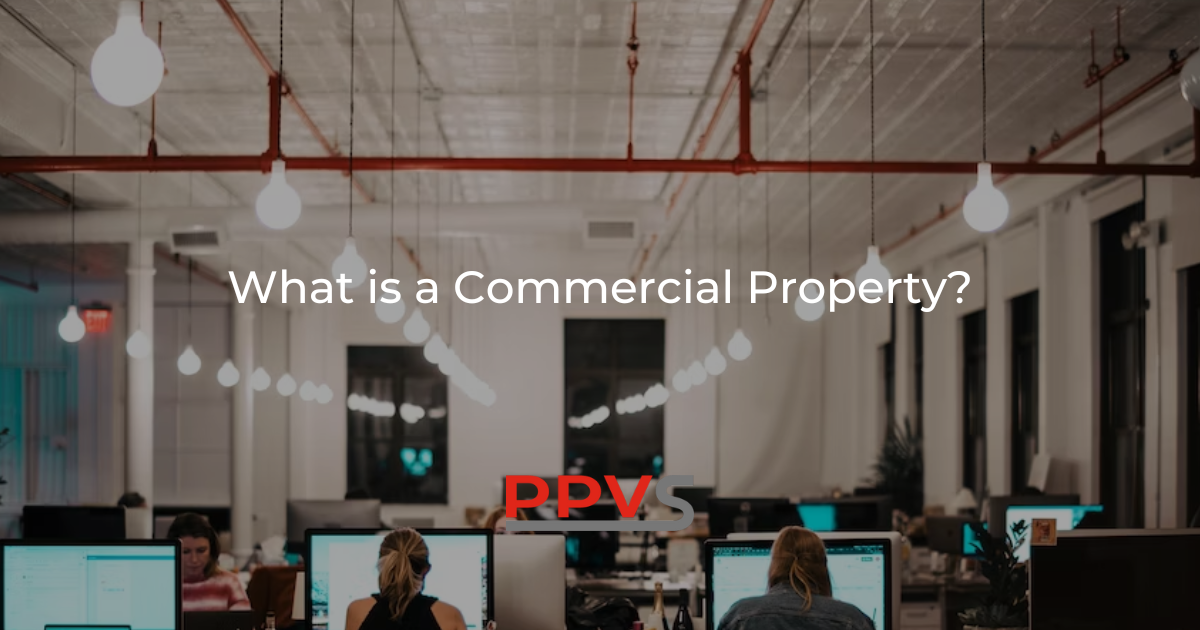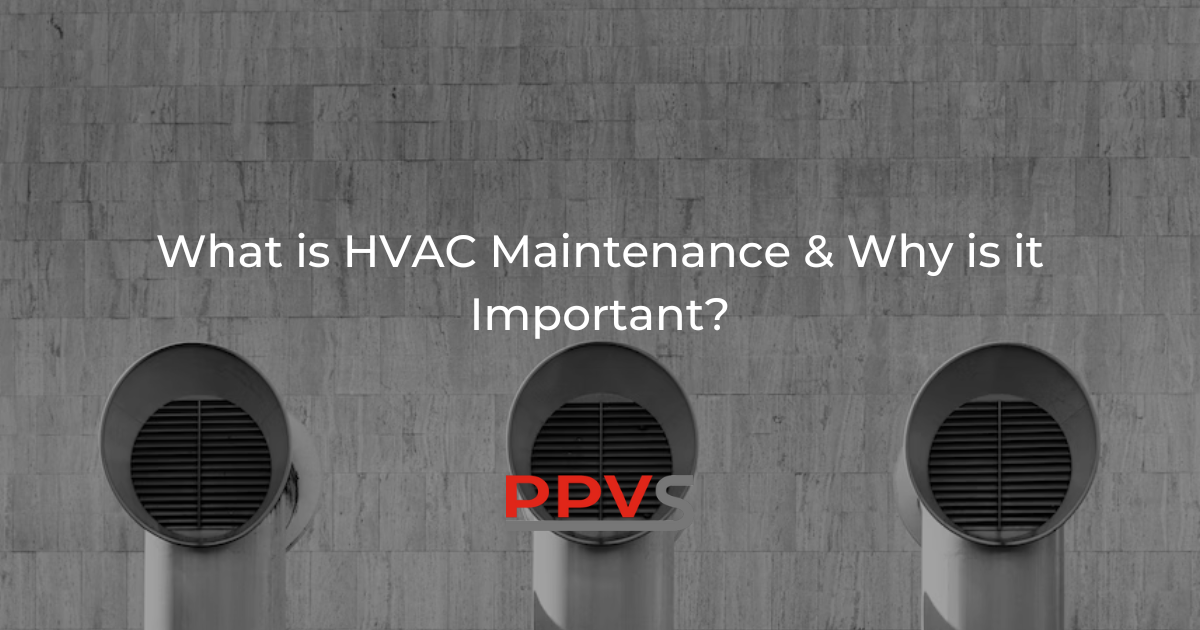PPVS Complete Facilities Management

What is Building Fabric Maintenance?
To put it simply, building fabric maintenance is the process of managing any ongoing repairs and maintenance of a building’s structural features. The answer to ‘what is fabric maintenance?’ Includes assets, but not any mechanical and electrical work. It can include features such as flooring, painting and decorating, drainage and plumbing. It also includes ceiling and window maintenance, door and access repairs as well as joinery and tiling work. So essentially, the building fabric maintenance definition is the work that is done to ensure a building’s structural features remain up to standard.
Read on to find out more!
Types of building fabric maintenance tasks
When it comes to building fabric maintenance there’s a lot that is included in the requirements. This is because building fabric maintenance is incredibly important regarding the upkeep of a building. It has a direct impact on the building’s appearance and functionality. This is why there is an extensive list of what this process entails. So what does building fabric maintenance mean? What types of tasks are there? Below is a list of the many tasks that the building fabric maintenance definition includes:
- Painting
- Decorating
- Flooring
- Drainage
- Plumbing
- Ceiling Maintenance
- Window maintenance
- Plastering
- Door and access repairs
- Joinery
- Tiling work
- Concrete pad installation and repairs
- Cladding repairs and replacement
- Roofing installation and repairs
- External building fabric repairs
- Barrier and bollard installations
- External cleaning and remedial repairs
- Commercial and industrial doors, roller shutters and barriers
All of these are aspects of building maintenance that falls under the responsibility of building fabric maintenance. If there are any issues, discrepancies, updates, repairs or replacements needed for any of the structural aspects listed above, these fall under the building fabric maintenance definition.
Benefits of regular maintenance
More often than not, there will be a point where you require some form of work and repair on your building. Whether it be your home or your place of work, a building will often require repairs and replacements to combat damages. This can occur for many reasons whether it be an isolated incident that has damaged your building fabric or due to regular wear and tear. This is why regular maintenance is highly recommended. Regular maintenance refers to work that is done on your building to prevent damage and ensure its regular upkeep of it.
Some of the benefits of this are:
- Prevents future issues – regular maintenance can help to identify issues before they become a problem. This means they can be rectified before causing any lasting effects.
- Cost-effective – waiting for issues to present themselves may be more expensive as it allows them to grow and become harder to fix. Regular maintenance may prevent any significant, costly issues from occurring.
- Increase longevity – regular maintenance will help your building fabric to last longer, decreasing the likeliness of you needing replacements.
- Optimise the quality – it will keep these features at a higher standard for longer.
Determining the frequency of building fabric maintenance tasks
When the word ‘frequency’ is used when referring to building fabric maintenance tasks to refer to the number of tasks that must be performed per unit of time. So essentially, it is how many building fabric maintenance tasks should be performed in a certain amount of time to maximise productivity and efficiency. This is typically determined through a thorough risk assessment. This should include a full account of and take into consideration the manufacturer’s recommendations as well as the intensity of use and the operating agreement. This is to establish what can be achieved, what should be achieved and what needs to be done for safety and practicality.
Tips for planning a successful schedule
To plan a successful schedule that ensures efficiency and productivity we have devised a list of useful tips you can use when creating your building fabric maintenance schedule. This is listed below:
- Asset inventory – this helps you to see what needs to be done before organising your time.
- Asset prioritisation – stay realistic and create a hierarchy that is logical to what takes priority. This makes sure the most necessary maintenance is done.
- Team communication – this is essential; miscommunication is likely to slow down productivity so you want to combat this through clear communication.
- Preventative maintenance plan goals – set targets to achieve in terms of preventative maintenance to prevent a build-up of necessary repairs.
The importance of professional help for complex/large-scale projects
Professional help when handling your building fabric maintenance is incredibly important, especially for larger, more complex projects. This is because more complicated projects tend to have more room for error. There are usually many more points of repair and maintenance to be checked and attended to.
This can cause an overwhelming amount of work and increases the likeliness of mistakes being made. With professional help, this is decreased as there is a team of professionals – live ourselves at PPVS – with a pre-planned, devised plan designed to optimise efficiency and productivity. This will mean that with professional help, your building fabric maintenance job is likely to run smoothly which will decrease downtime and time wasted on correcting errors.
For help on maintaining your premise, get in touch with a member of our team today – we have the experience and knowledge to help.

Get in touch to see how we can help with your Facilities Management.
For general enquiries please fill out the form and our team will be back in touch. Or give us a call or email using the details below.







